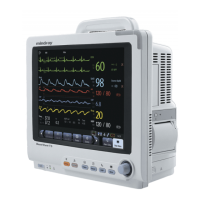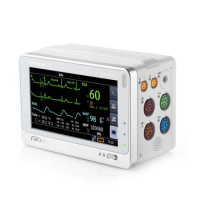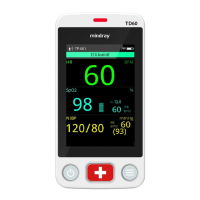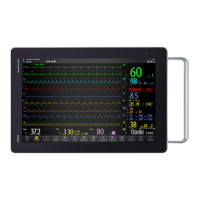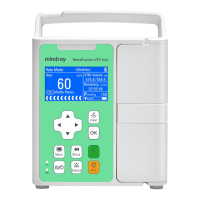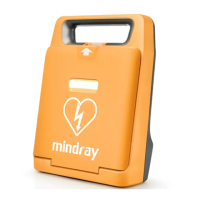14-9
14.8 Measuring PAWP (only available for the external display)
Pulmonary Artery Wedge Pressure (PAWP) values, used to assess cardiac function, are affected by fluid status, myocardial
contractility, and valve and pulmonary circulation integrity.
Obtain the measurement by introducing a balloon-tipped pulmonary artery flotation catheter into the pulmonary artery.
When the catheter is in one of the smaller pulmonary arteries, the inflated balloon occludes the artery allowing the
monitor to record changes in the intrathoracic pressures that occur throughout the respiration cycle.
The pulmonary wedge pressure is the left ventricular end diastolic pressure when the airway pressure and valve function
are normal. The most accurate PAWP values are obtained at the end of the respiration cycle when the intrathoracic
pressure is fairly constant and the artifact caused by respiration is minimal.
WARNING
PAWP monitoring is not intended for neonatal patients.
NOTE
After entering the PAWP measurement window, the monitor will turn off the PA alarm automatically.
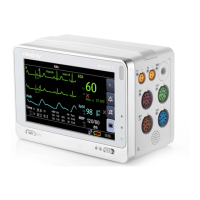
